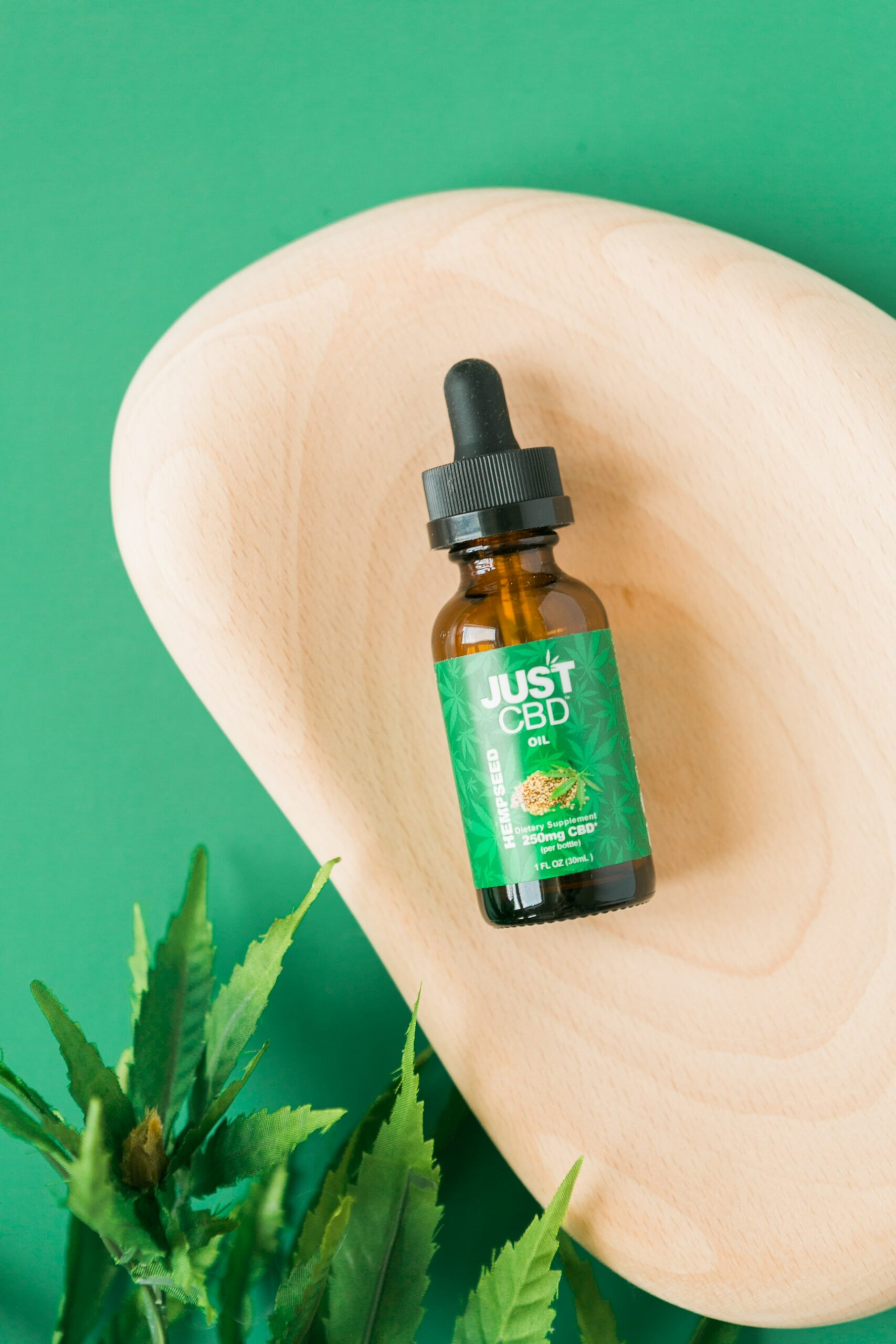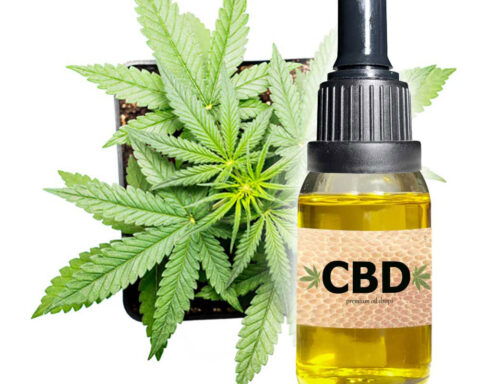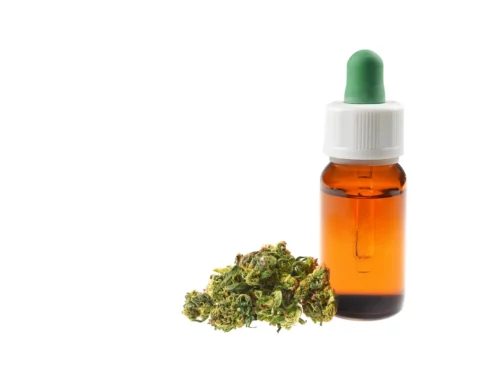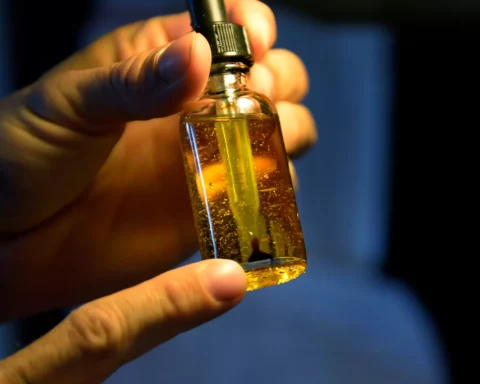Cannabidiol (CBD) is among the chemical compounds in marijuana and hemp plants. Its supplements can be incorporated into various products like gummies, drinks, lotion, and lip balm. Many users wonder where this product is obtained. How is CBD oil extracted from hemp? The extraction process differs with CBD manufacturers. Consumers need to understand how CBD oil is obtained because the end product’s efficacy and purity are affected. This article discusses various methods of extracting CBD oil.
Cultivating the hemp herb
Before planting hemp seeds, the farmer prepares the soil for herbicides testing. Hemp is superb since it allows each crop to have a spacing of about four inches from each other. This encourages high production with low land utilization. The plant is a perfect resource for reformative agriculture as it qualifies for crop rotation, which helps retrieve soil nutrients. Hemp yields high biomass (which decomposes when returned to the soil and restores soil nutrients). Once sown, the hemp plant propagates speedily, growing within two months. Cannabis reports indicate states with the highest hemp production, including Kentucky, Oregon, North Carolina, Minnesota, Montana, and Colorado. However, its production is not restricted within those regions of the United States.
Hemp plant harvesting
The harvesting starts with hemp plant flowers. The cannabinoids are highly concentrated in the plant’s trichome resin glands. The farmers harvest plants in October, depending on the state’s climate. Before official harvesting, each crop’s sample is tested and approved by the state’s agricultural department. This activity confirms the farm complies with federal guidelines, maintaining their hemp below 0.3% THC. For example, Populum operates with licensed farmers from the Colorado Agricultural department in Eastern Colorado. They abide by organic cultivation standards, which guarantee no heavy metals or pesticides present within the plant’s vicinity. After harvesting, plants are collected for treatment or air-dried in a ventilated place. The treatment process takes about three to four weeks. After drying, the flowers with the strongest cannabinoid concentration are removed from plants, after which they are ferried to manufacturers for more extraction.
Extracting the cannabidiol from dried hemp flower
The extraction process extracts CBD from hemp herb and converts it into a consumable form for topical application or ingestion. Every extraction technique leads to a partial product. The raw extract contains a dense, oily texture with a hue, black, and dark color depending on the extraction process. There are various extraction techniques, each with its advantages and disadvantages. Below are some of the techniques:
Carbon dioxide
Among the renowned extraction techniques for cannabidiol oil is carbon dioxide (CO2). This process benefits from the ability of carbon dioxide to exist as a liquid, solid, and gas. In the CO2 extraction process, they commonly employ closed-loop extractors. The process begins with placing carbon dioxide (solid piece) in a chamber, then pumped into another chamber with cannabis material. This chamber operates within a pressure range that keeps carbon dioxide in liquid form, absorbing flavors and oils. Later, the carbon dioxide-cannabinoid blend is forced into the last chamber, where CO2 converts to a gaseous state, leaving flavors and plant oils residues behind. This process is accurate and can manufacture some wholesome cannabinoid products when conducted properly. The equipment’s cost is high, thus keeps on changing. Provided the process is conducted accurately, the extracted cannabidiol oil becomes the purest product. However, some sources of error arise when the extraction is conducted outside the optimum condition. Many boutique CBD trademarks employ subcritical carbon dioxide extraction due to the error vulnerability.
Ethanol
The ethanol extraction process is simple, effective, and safe. Ethanol (high-quality grain alcohol) separates cannabidiol and other hemp cannabinoids under cold or warm conditions. It saves more time than other cannabidiol extraction processes. The cannabidiol oil produced through this technique is applied in vape pen cartridges. Nonetheless, the ethanol extraction technique damages the cannabis herb waxes, loaded with health advantages that manufacturers favor.
Liquid solvents
Naturally, liquids are used like isopropyl alcohol, hexane, or butane. The process is similar to the previous extraction processes. It works by running liquids via decarboxylated hemp to eliminate terpenes and cannabinoids. The liquid solvent extraction process is easier and cheaper to derive cannabidiol oil. In addition, manufacturers can regulate it for profitable production, although it has its disadvantages. Not all solvents can eliminate contaminants. Also, the plant’s chlorophyll is not removed from the oil, thus making the product have a bitter taste and greenish tinge. A cannabidiol manufacturer should adjust this process as required to avoid contaminants. Since many liquid solvents utilized are flammable, this technique is more hazardous than others.
Oil Infusion
The oil infusion method is among the oldest ways of extracting cannabidiol oil. Most home producers and growers currently use this technique because it is direct, although it comes with certain disadvantages. Before starting this process, the plant material should undergo decarboxylation or heating to certain temperatures to make the compounds active. The plant substance is added to a carrier (olive) oil and heated for some hours at 1000C. The olive oil cannot evaporate from cannabidiol oil. Therefore, more oil is used compared to other processes.
Conclusion
The discussion above has established different methods of extracting CBD from hemp and cannabis plants. Hemp contains high cannabidiol quantity and might have minimal or even lack THC. The CBD product obtained contains distinct medicinal properties based on plant varieties like hemp or cannabis and extraction techniques. Carbon dioxide extraction is the purest CBD oil but the most expensive extraction method. CBD oil manufacturing needs delivery mechanisms to be created. They include containers such as bottles and vials to vape cartridges. The product manufacturer includes cannabidiol product packaging. Therefore, consumers should choose CBD products wisely, considering their quality and method of extraction.
- Eye Spy: Worldwide Eye Color Percentages - April 19, 2024
- Elevate Energy, Soothe Stress, And Peak Performance with The New UNBEETABREW Coffee Sensation - September 21, 2023
- Chef Bob’s Coffee: A Journey Fueled by Passion - July 29, 2023









